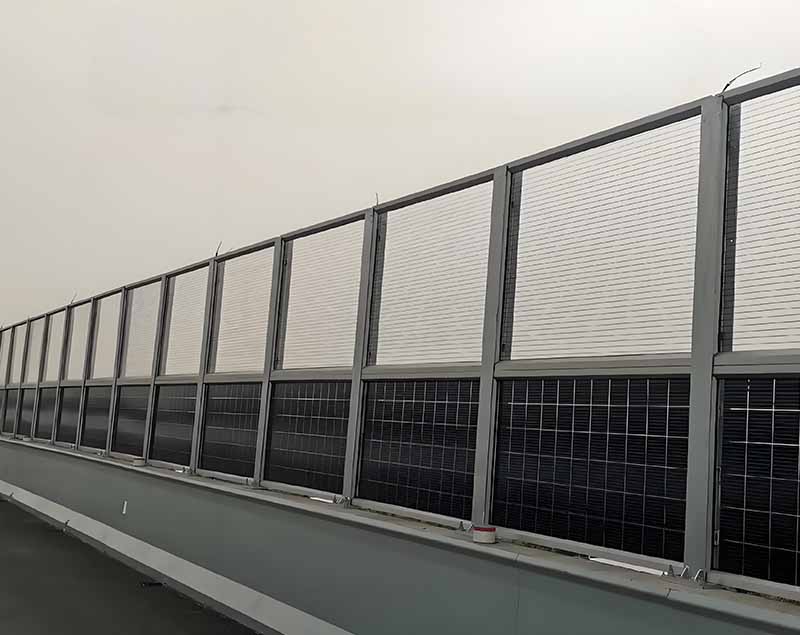In today’s fast-paced world, the challenge of connecting devices and sharing information has become more prominent than ever. As our lives become increasingly digital, the need for seamless communication between gadgets is essential. Among the most common tools for data transfer, wired connections like USB cables have long been the go-to solution. However, with the rapid evolution of the smart era, we now demand not only faster transmission speeds but also more flexible and user-friendly methods.
The problem of incompatible ports and tangled wires continues to be a daily hassle. This has led many of us to seek out simpler, more efficient ways to share content across devices. While Apple introduced AirPlay as a wireless solution, its closed ecosystem limits compatibility—only devices that support AirPlay can receive video, leaving most Windows users out in the cold. This lack of universality makes it inconvenient and less appealing for widespread use.
This issue isn't limited to just personal devices; it's also a major pain point in the projection industry. For years, professionals and students alike have struggled with the need for multiple cables to connect their devices to projectors. But now, Micro Whale has taken a step forward by introducing wireless projection support for Windows platforms, marking a breakthrough in this space.
Micro Whale supports not only AirPlay but also other popular protocols like DLAN and Miracast, making it easier for users to cast content from various devices. It’s fully compatible with iOS 11 and all Windows-based systems, and its new "Office Screencast" feature simplifies the process even further. With just a few simple steps, users can easily mirror their screens without the need for complicated setups or apps.
Unlike many competitors that require downloading apps, scanning QR codes, or going through lengthy registration processes, Micro Whale offers a streamlined experience. Its wireless projection app is intuitive and reliable, reducing the risk of errors and improving overall usability. This innovation sets a new standard in the industry, offering a more convenient and efficient way to share content.
To use the screen-casting feature, simply update your projector to WUI02.02.00 or later, download the wireless projection software from the built-in app store, and follow the on-screen instructions. The interface allows easy selection of devices, making it simple to switch between platforms.
For Windows users, the process is even more straightforward. Open the office.whaley.cn website in Google Chrome, enter the provided code, and you're ready to start casting. This remote screen-sharing capability eliminates the need for physical connections, allowing presentations and meetings to happen seamlessly, even from a distance.
What sets Micro Whale apart is its ability to bypass local network restrictions, enabling smooth remote screen casting. Whether it's for a business meeting or a classroom presentation, the technology ensures stability and clarity, eliminating issues like lag or pixelation that were common in older systems.
Since its launch, Micro Whale has quickly become a leader in the market, driven by a deep understanding of user needs and continuous innovation. By addressing the limitations of traditional HDMI 2.0 connections, the brand has opened up new possibilities for wireless projection. Now, whether you're using an Android phone, an iPhone, or a Windows laptop, you can enjoy high-quality, interactive screen casting with ease.
With its advanced color management and vibrant display, Micro Whale projectors deliver lifelike visuals that bring content to life. As the future of projection moves toward smarter, more connected solutions, Micro Whale is at the forefront, pushing boundaries and redefining what's possible.
Thanks to its strong R&D capabilities and deep market insight, Micro Whale has gained popularity among consumers, especially on platforms like JD.com. As more features are added, it's clear that this brand is committed to making our lives easier and work more efficient.
For more updates on smart TVs, TV boxes, and related technologies, visit Smart TV/box Information Network Sofa Butler (http://), China’s leading platform for smart TV and box news, providing comprehensive information, reviews, and support for all smart home devices.

Photovoltaic(PV)noise barriers,also known as"noise barriers with integrated solar panels"or"solar noise barrier,"combine noise reduction infrastructure with renewable energy generation. These systems are increasingly being deployed along highways,railways,and urban areas to mitigate noise pollution while generating clean electricity.

How Photovoltaic Noise Barriers Work
1. Dual Functionality
-Noise Reduction:Acts as a traditional noise barrier,blocking or reflecting sound waves from traffic or industrial sources.
-Solar Power Generation:Solar panels integrated into the barrier convert sunlight into electricity,which can be fed into the grid or used locally.
2. Design Configurations
-Transparent PV Panels:Used where visibility is important(e.g. ,along highways). -Opaque PV Panels:More efficient but block the view.
-Bifacial Solar Panels:Capture sunlight from both sides,increasing efficiency.
-Vertical or Tilted Mounting:Optimized for space constraints and sunlight exposure.
Advantages of Photovoltaic noise barrier
✅Space Efficiency:Uses existing noise barrier infrastructure,avoiding additional land use.
✅Renewable Energy Generation:Contributes to local or grid-based solar power.
✅Noise Pollution Control:Maintains primary function of reducing traffic/industrial noise.
✅Aesthetic&Functional Integration:Can be designed to blend with urban or natural landscapes.
✅Government Incentives:Some regions offer subsidies for solar-integrated infrastructure.
Challenges&Considerations
âš Lower Efficiency:Vertical mounting may reduce solar output compared to optimally tilted panels.
âš Shading&Orientation:Barriers along north-south roads may have uneven sunlight exposure.
âš Maintenance:Cleaning panels on highways/railways can be logistically challenging.
âš Higher Initial Cost:Integration of PV adds to upfront costs,though long-term savings offset this.
Photovoltaic sound barrier,Solar-powered sound barrier,Photovoltaic noise barrier,Solar noise barrier
Hebei Shuobiao New Energy Technology Co., Ltd. , https://www.pvbracketsystem.com